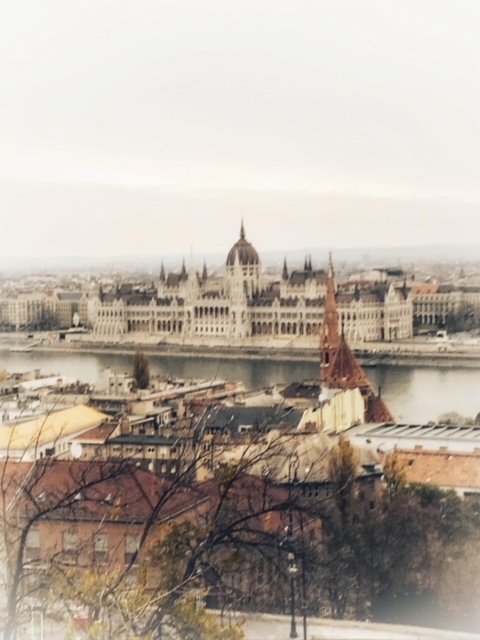We recognize that Disney vacations are not just an investment, but often the highlights of our lives, and we take that responsibility seriously. We want to ensure you have the best vacation experience.
Interested in a job in travel? Click here to learn: How to Become a Disney Travel Agent
Overview
Introduction
Most visitors to Maine are attracted by the sea, whether they're visiting as sailors or merely want to look at the water from someplace high and dry. Maine's jagged shoreline includes high cliffs pounded by rough waves, centuries-old houses overlooking calm harbors, forested islands and pretty lighthouses.
Maine's natural beauty extends far beyond the coast, however. Pine forests cover a majority of the state's inland areas, and there are lakes and mountains, rare wildlife and white-water rivers, all offering vacation getaways.
A Maine vacation offers opportunities to hike, shop, sail, kayak or simply relax and observe. The most visited destinations during the state's peak summer season are Bar Harbor, Acadia National Park and the Kennebunks.
History
Maine has long been a popular place: Native peoples were living in the area at least as early as 3000 BC, and possibly earlier. More recent settlers were the Maliseet-Passamaquoddy people of the northern reaches and the eastern Abenaki (including the Penobscot, Kennebec, Arosaguntacook and Pigwacket) of central Maine. Before the tribes had contact with Europeans, they had invented snowshoes and toboggans, and they used the hides and pelts of moose, deer, beaver and other mammals for clothing. Ironically, the very animals that protected them from the elements brought quick encroachment on their territory once the New World was discovered: Demand for these pelts became the prime motivator for colonial settlement of the area.
Viking explorers flirted with Maine's coastline almost 1,000 years ago, and there is some opinion that they landed. But the European first known to have set foot in Maine was British explorer John Cabot, in the late 1500s. Though Plymouth, Massachusetts, gets all the glory, the first European settlement in New England was established at the mouth of Maine's Kennebec River in 1607. The colonists met with hard times, however, and returned to England a year later. It wasn't until 1624 that a permanent settlement was established, at York.
Territorial disputes between British-held Maine and French Canada led, in part, to the French and Indian War of the 1760s. Though the English emerged victorious in that conflict, many Maine colonists rebelled against Britain in the Revolutionary War. Portland was set ablaze as punishment for the insurrection.
Initially governed as part of Massachusetts, Maine had to wait until 1820 to become a U.S. state in its own right. It entered the union under the Missouri Compromise, in which Maine joined the U.S. as a free state and Missouri entered as a slave state.
Maine prospered throughout the 1800s and early 1900s on the strength of its shipyards—some of the best and fastest vessels in the world were built by Maine's expert artisans. Although shipbuilding and boatbuilding are still important in the state's economy (and its pride), lumber now provides the greatest source of revenue. Fishing and tourism add substantially to the till.
The state's culture has benefited from diversity. Its low crime rate and affordable cost of living have made it a favored place for immigrants from poorer countries, including a number from Somalia. Thousands have transferred their families, lyrical language and colorful traditions to Maine's cities. Recently, rural Aroostook County has attracted the attention of those of the Amish and Mennonite faiths looking to escape the crowds and influence of Lancaster County.
Snapshot
Some of Maine's foremost attractions are natural scenery, Acadia National Park, outdoor activities, lobster, Bar Harbor, boating, camping, whale-watching, leaf-peeping, Portland, a beautiful rugged coastline, downhill and cross-country skiing, snowshoeing, snowmobiling, white-water rafting, canoeing, kayaking, antiques, history and fishing.
Travelers who love the outdoors will love Maine, especially for its fall foliage, dramatic coastal scenery, beaches, hiking, white-water rapids and camping. Those who may find Maine less to their liking are travelers who are looking for the fast pace and constant stimulation of big-city life, who prefer palm trees along their beaches or who really aren't interested in nature-related activities.
Potpourri
The term "Down East" is from the days when people traveled the coast by sailing vessel. Prevailing winds from the southwest meant that ships bound for eastern Maine sailed in a northeast direction. Thus, "down" wind to the north "east."
Andrew Wyeth based many of his paintings on the people and places of the small town of Cushing. In summer, it's possible to visit the Olson House, famously rendered in his painting Christina's World.
Maine has more than 5,000 mi/8,000 km of coastline, even more than California.
Maine leads the nation in production and harvest of wild blueberries, lobsters and, curiously enough, toothpicks. More blueberries are grown in Maine, especially Down East, than in any other state.
For some people, Maine is nearly synonymous with L.L. Bean, the globally known outfitter for those who love the rugged outdoors (or for those who just want to dress as if they do). Since 1912, the original storefront has grown immensely from its modest beginnings, but old Leon Leonwood Bean's wish that his store would be available to shoppers at all times is perpetually granted: There are no locks on any of the doors at the main store in Freeport. Diehard fans love to shop at midnight.
Maine is home to the easternmost point in the continental U.S.—Quoddy Head, site of the West Quoddy Head Lighthouse. East Quoddy Head, however, is on Campobello Island, in neighboring New Brunswick, Canada.
For some quick and easy globetrotting, spend a day driving through Denmark, Mexico, Norway, Oxford, Paris and Sweden. They're all towns in Oxford County, just a short trip northwest of Portland.

































